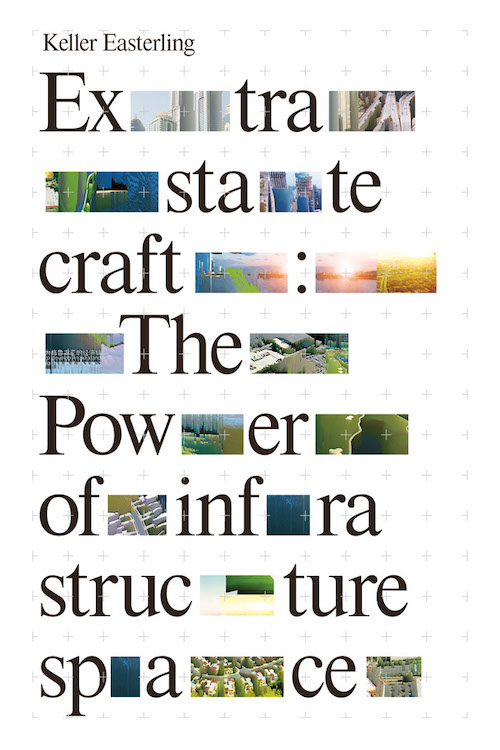Extrastatecraft - The Power of Infrastructure Space
Notes
Finished: Apr 2021
Rating (out of 5): ⭐⭐
I hated this book, mostly for its writing style coupled with a lack of real, tangible content. The author appears to be constantly on the verge of finally saying something interesting, but fails to do so repeatedly over the course of the entire book.
The book reads more like someone’s rambling notes from a lecture series. Too focused on specific names and places, just constantly laying out information and then saying nothing about it. There is no “so what”, no analysis, no inkling of what the author intends to be saying. But it doesn’t work as a history or informational text either, because there’s not enough actual detail. No stories, no linear series of events, nothing. It just says things, about zones and broadband and so on, without them being backed up by any analysis nor clear prose of information. Just empty words. And written constantly in the passive voice, as if zones just popped into being by happenstance alone.
This book came highly recommended from others and despite the way it might conceptually touch on interesting ideas (this is what gives it 2 stars instead of 1), it just doesn’t actually say anything about these that is worth reading. Would not recommend.
Below follows my notes on the first part of the book, before I got so annoyed at it that I just stopped taking notes:
Introduction
Infrastructure space has become a medium of information. And as we know from Thinking in Systems and Donella Meadows, controlling information flows is a form of power and a leverage point on the way that systems organize.
Reference to Marshall McLuhan’s dictum “the medium is the message.”1
They follow this up with addendum-ing it as “the action is the form.” To me, this is the same as Donella Meadows and Thinking in Systems calling out that the emergent behavior of a system is the purpose of the system.
We define extrastatecraft as the undisclosed activities outside of, in addition to, and sometimes even in partnership with the state.
Zone
We learn that most free trade zones were created as a temporary measure by the state to spark economic development, with the intention of eventually re-restricting these areas. It doesn’t shock me that their numbers have, in fact, only continued to increase. Those who benefit from the free-trade zones likely have a strong interest vested in keeping them that way.
This chapter prompts a discussion of the feedback loops in between the state and the creation by the state of zones unmaintained by the same laws of the state. Far from creating something separate from the state, one could argue this action actually legitimizes the power of the state, since the state gets to define the bounds of its power and can redraw those bounds at any time it chooses.
In discussing this in bookclub, we'd all heard about this book in other spaces recently! Prompting a discussion on the Baader-Meinhof Phenomenon. On my to-read list. ↩
